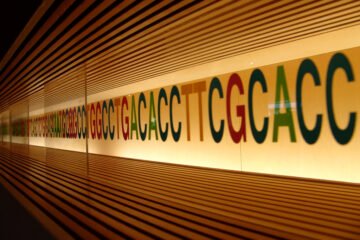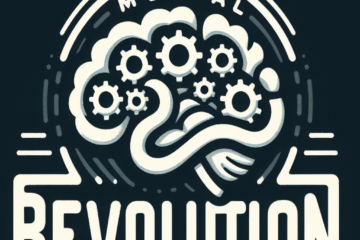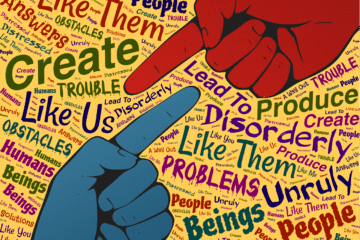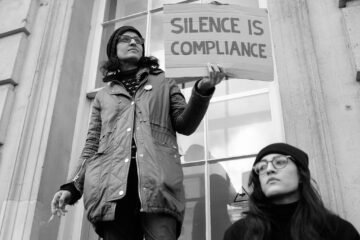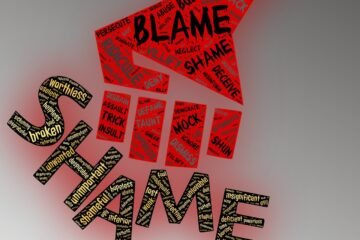The Antipsychotic Medication Paradox: A cause of systematic Gaslighting in the NHS?
Recent research has uncovered a potentially systematic gaslighting mechanism within the NHS, the National Health Service in the UK. This appears to show that NHS may be in breach of the Mental Capacity Act, and is, as such, showing itself to be a potentially narcissistic organisation.

